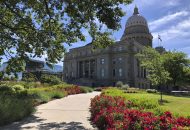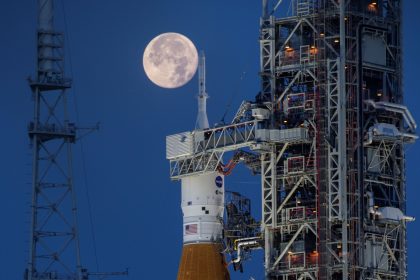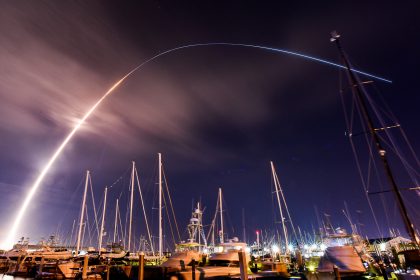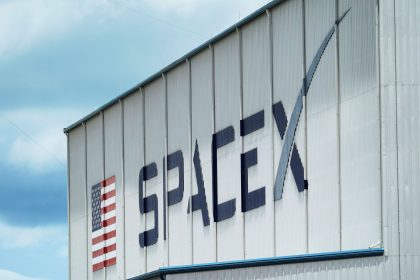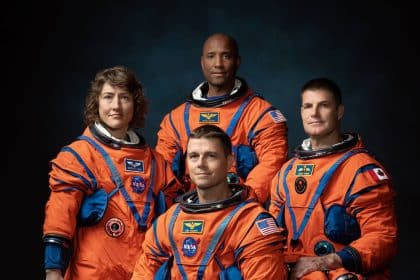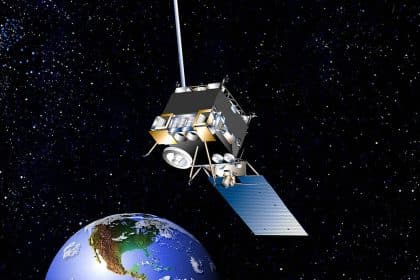First Images Released From the James Webb Space Telescope
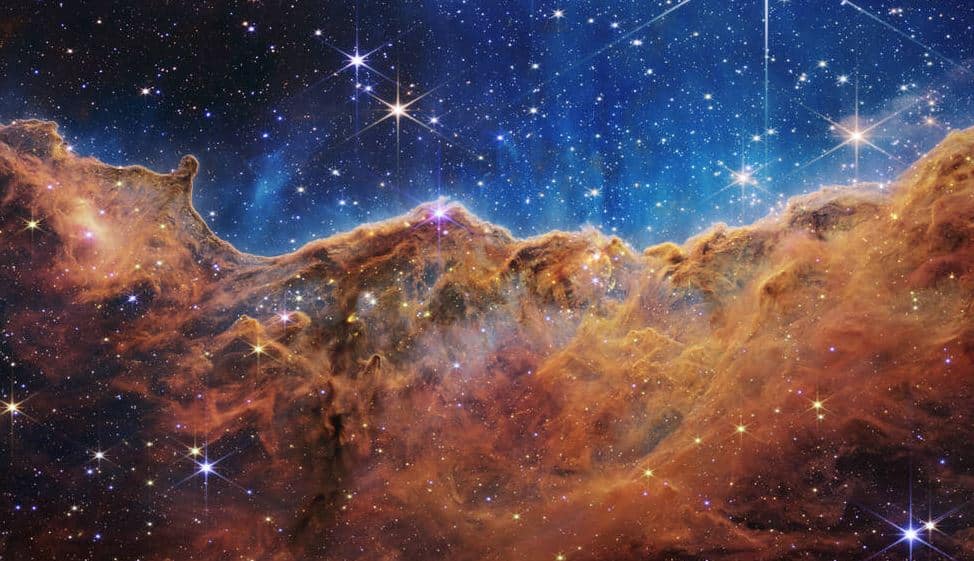
WASHINGTON — On Tuesday NASA released its first images from the James Webb Space Telescope, delivering “the deepest and sharpest infrared image of the distant universe so far.”
Webb’s mission began at approximately 7:20 a.m. on Dec. 25, 2021. According to a NASA packet, its mission is to “study every phase of 13.5 billion years of cosmic history — from within our solar system to the most distant observable galaxies in the early universe, and everything in between.”
The four main science goals of the mission, also laid out in the packet, are to help astronomers in understanding how galaxies assemble over billions of years, thanks to Webb’s unprecedented sensitivity to infrared light. Webb also has the ability to see through dust clouds, which is where stars and planetary systems are born.
Webb will also study exoplanets, which are planets that orbit other stars. The telescope will reveal new information to aid understanding of our cosmic origins, seeking to answer questions such as how did the universe begin.
On Monday, President Joe Biden revealed the first of Webb’s images, known as Webb’s First Deep Field, which shows thousands of tiny galaxies in a very small photo of the universe.
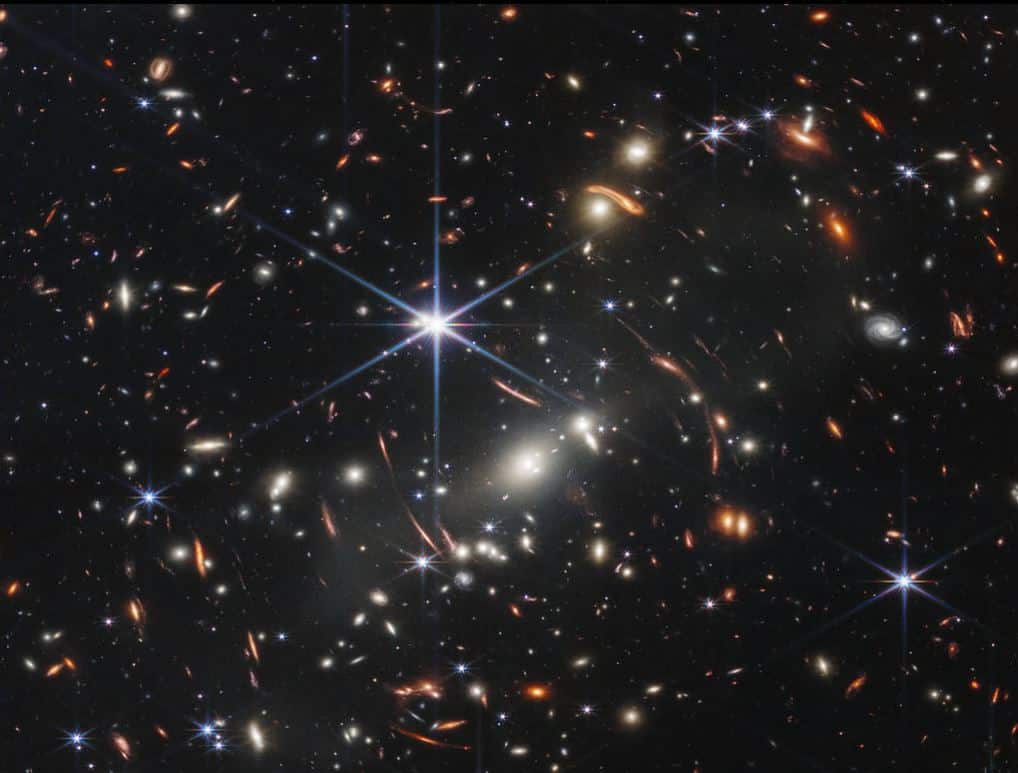
On Tuesday NASA’s Goddard Space Flight Center in Greenbelt, Maryland, which manages Webb for NASA, hosted an event where experts spoke on the images and what Webb had captured over the last couple of months.
On the NASA livestream on Tuesday, each of the new images were introduced and explained.
The first image was introduced by Karl Gordon, an astronomer and Webb instrument scientist. He explained the Webb image of the Southern Ring Nebula.
“In the near cam image, you see this kind of bubbly, foamy appearance with some very structured shells. The foaminess is showing up in orange mainly and this is due to the molecular hydrogen that’s newly formed in the expansion, just lighting up the gas and dust of this nebula,” Gordon said.
“And then as we move inward you see this kind of blue haze in the inner region. This is due to very hot, ionized gas that emits well in the blue that’s heated by the leftover, very hot core of this star,” he continued.
Next, Giovanna Giardino, a Webb near infrared spectrograph scientist, and Mark McCaughrean, a senior advisor for Science and Exploration, explained Stephan’s Quintet, a group of five different galaxies including the Milky Way.
“We see gas and dust, which is being heated up in the collision between those galaxies, and that’s the place where new stars are being born today. So we are actually seeing the process of creation of new stars in this region,” McCaughrean said.
“And then when we look in the background here, we see not only the galaxies that are 300 million light years [away], but also stars in our own galaxy … but in the corner and around the edges, we see galaxies which are much more distant and further away,” he continued.
Another photo that the Webb camera was able to capture, along with Stephan’s Quintet, was of an active black hole. Although in the photo you cannot see the black hole, the contents around it are swirling around and being swallowed.
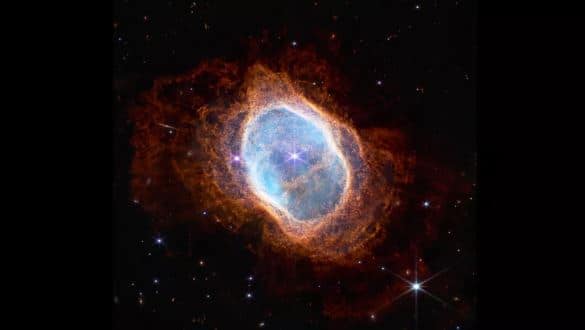
Last, Amber Straughn, an astrophysicist at NASA’s Goddard Space Flight Center, explained the new Webb photo of the Carina Nebula, a nearby star-forming region within the Milky Way about 7,600 light-years away.
The “cliffs” displayed in the new photo of the Carina Nebula are made of gas and dust, raw materials for newborn stars and baby planets.
“In this view we see some great examples of, first of all, hundreds of new stars that we’ve never seen before. We see examples of bubbles and cavities and jets that are being blown out by these newborn stars. We even see some galaxies lurking around in the background up here,” Straughn said.
“Infrared really does reveal what’s going on here in a cosmic sense,” she later said.
“We humans really are connected to the universe. We are made of the same stuff in this beautiful landscape,” she said, pointing to the photo.
There are many events being hosted to celebrate the release of Webb’s first images Tuesday. In New York City’s Times Square, the photos will be shown on digital screens at 5:30 p.m. EST and in London’s Piccadilly Circus at 10:30 p.m. GMT, for the public to enjoy.
“The equipment is working perfectly, and nature is full of surprising beauty. Congratulations and thanks to our worldwide teams that made it possible,” John Mather, Webb senior project scientist at NASA’s Goddard Center, said in a NASA article.
Natalie can be reached at [email protected] and @nataliemcc212













